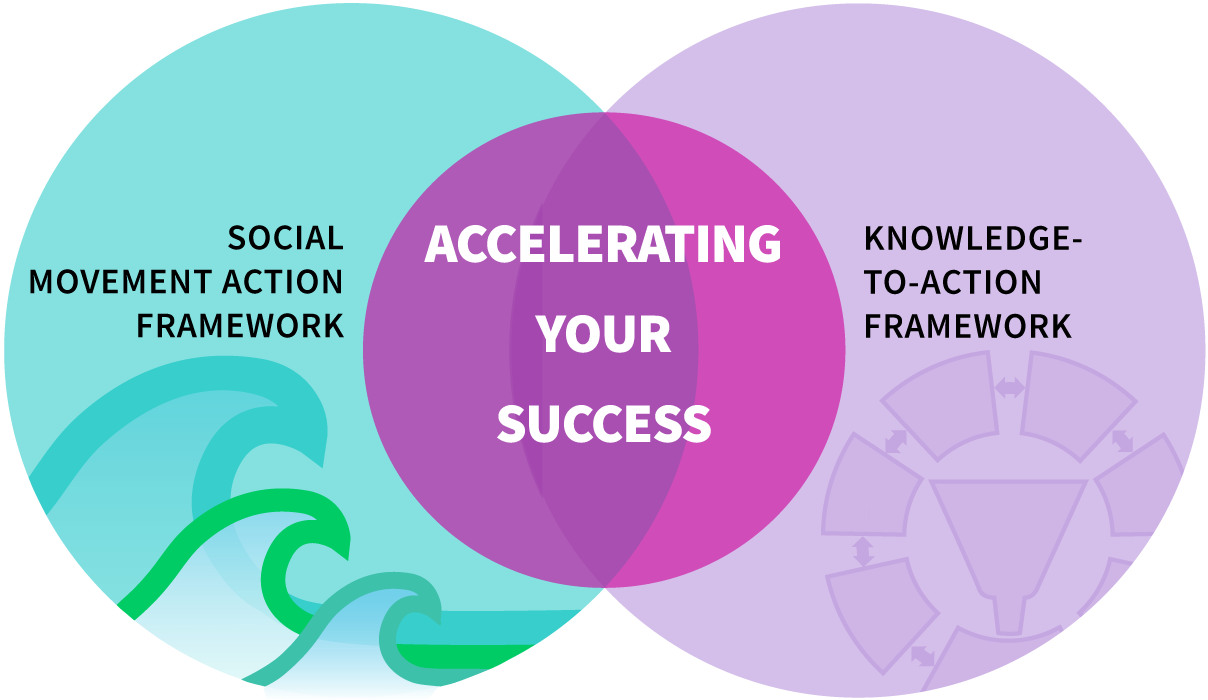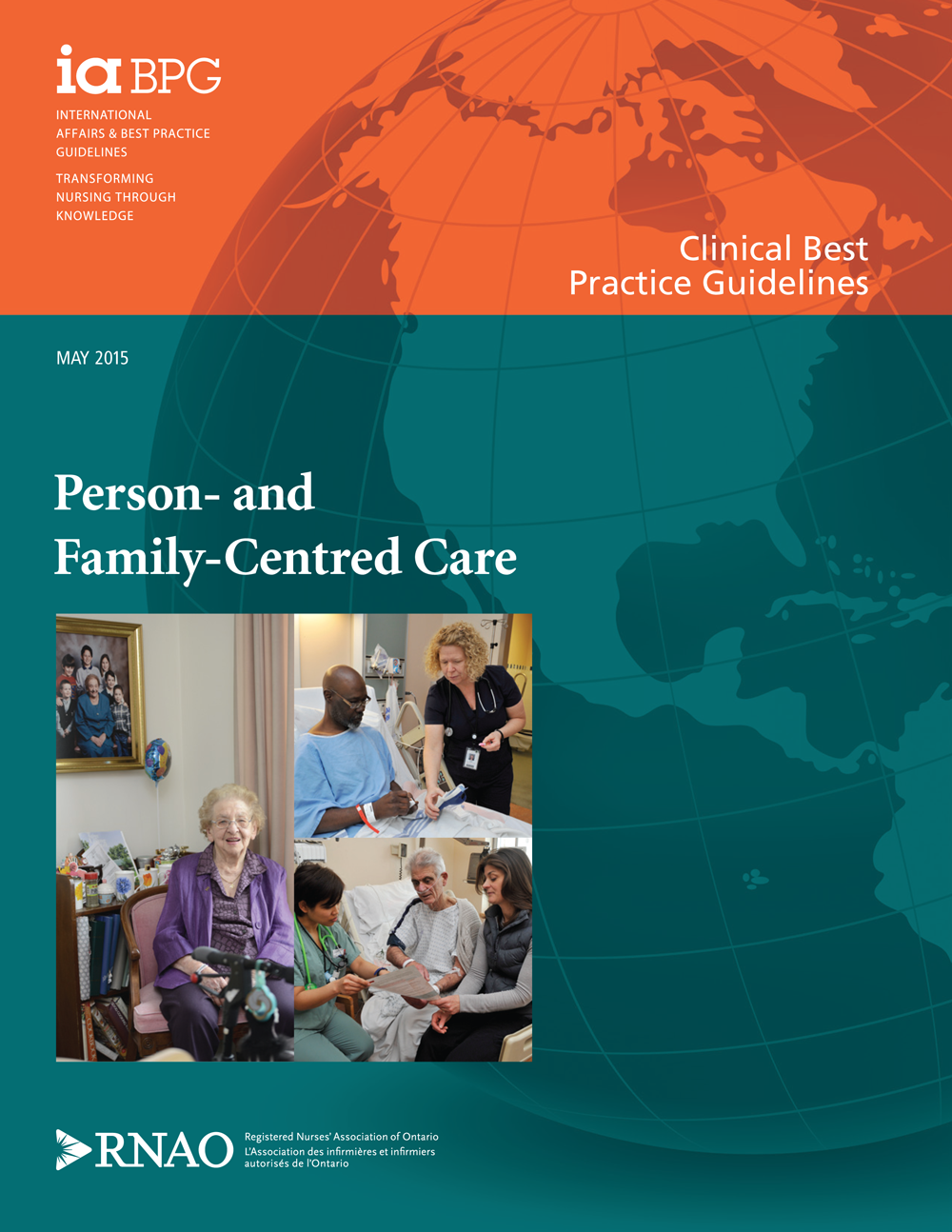
| Planning for the change initiative | Framework components |
|---|---|
|
A data analysis of recent patient survey results shows moderate to high levels of satisfaction regarding care planning and therapeutic relationships meaningful to patients. Discussions to start an evidence-informed change initiative begin. These discussions are based on: the data analysis of the survey results; an upcoming accreditation process; and a shared commitment staff, members of the senior leadership team and the family council to achieve excellence in care. Positive and high energy is noted for the change. |
SMA KTA |
|
The new change team that has been formed includes staff who have become RNAO Best Practice Champions; they bring knowledge and skills on evidence uptake and sustainability processes. The champions include both point-of-care staff as informal leaders, and members of the senior leadership team as formal leaders. Collectively, the champions value person-centred care using a holistic approach. They are committed to supporting staff to achieve excellence in care through a collaborative and engaged process. The change team conducts a gap or opportunity analysis to determine the "know-do" gap, and selects the RNAO PFCC BPG to guide their change initiative. |
SMA KTA |
|
The change team plans on ways to adapt the knowledge of the PFCC BPG to the local context of the health setting. During the planning process, the change team considers including the support and influence of stakeholders and available resources. To promote staff engagement, framing is used to position the change as rooted in PFCC values and the shared goal of excellence in care. Members of the change team begin to take on leadership roles including developing a staff survey and running focus groups to assess barriers and facilitators to the planned practice changes based on the PFCC BPG recommendations. The survey results show potential knowledge barriers to making practice changes, as well as enablers which include support for person-centred values and evidence-informed decision-making. Based on this, the change team begins planning for individual and collective action. They identify and select strategies that will help them raise awareness and engage stakeholders in the practice change. One strategy: set up a series of education sessions. Building on this, the change team kickstarts the "All our best" social media campaign to help promote staff’s shared ownership for the change. This approach emphasizes the commitment to excellence in resident care; empowers staff as change leaders; and helps promote the upcoming education sessions. |
SMA KTA |


